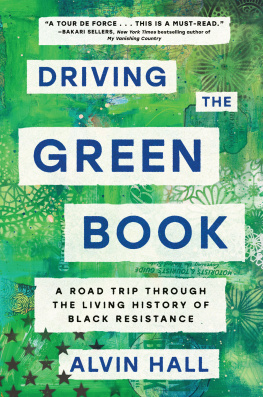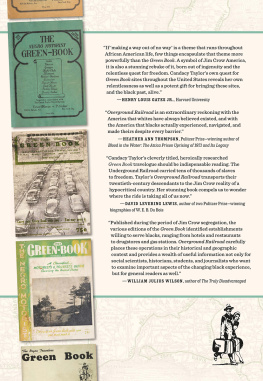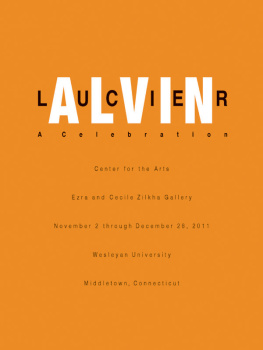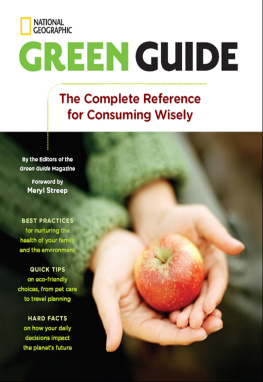Alvin Hall - Driving the Green Book: A Road Trip Through the Living History of Black Resistance
Here you can read online Alvin Hall - Driving the Green Book: A Road Trip Through the Living History of Black Resistance full text of the book (entire story) in english for free. Download pdf and epub, get meaning, cover and reviews about this ebook. year: 2023, publisher: HarperCollins, genre: Politics. Description of the work, (preface) as well as reviews are available. Best literature library LitArk.com created for fans of good reading and offers a wide selection of genres:
Romance novel
Science fiction
Adventure
Detective
Science
History
Home and family
Prose
Art
Politics
Computer
Non-fiction
Religion
Business
Children
Humor
Choose a favorite category and find really read worthwhile books. Enjoy immersion in the world of imagination, feel the emotions of the characters or learn something new for yourself, make an fascinating discovery.
- Book:Driving the Green Book: A Road Trip Through the Living History of Black Resistance
- Author:
- Publisher:HarperCollins
- Genre:
- Year:2023
- Rating:4 / 5
- Favourites:Add to favourites
- Your mark:
Driving the Green Book: A Road Trip Through the Living History of Black Resistance: summary, description and annotation
We offer to read an annotation, description, summary or preface (depends on what the author of the book "Driving the Green Book: A Road Trip Through the Living History of Black Resistance" wrote himself). If you haven't found the necessary information about the book — write in the comments, we will try to find it.
Join award-winning broadcaster Alvin Hall on a journey through Americas haunted racial past, with the legendary Green Book as your guide.
For countless Americans, the open road has long been a place where dangers lurk. In the era of Jim Crow, Black travelers encountered locked doors, hostile police, and potentially violent encounters almost everywhere, in both the South and the North. From 1936 to 1967, millions relied on The Negro Motorist Green Book, the definitive guide to businesses where they could safely rest, eat, or sleep.
Most Americans only know of the guide from the 2018 Green Book movie or the 2020 Lovecraft Country TV show. Alvin Hall set out to revisit the world of the Green Book to instruct us all on the real history of the guide that saved many lives. With his friend Jane Woods Weber, he drove from New York to Detroit to New Orleans, visiting motels, restaurants, shops, and stores where Black Americans once found a friendly welcome. They explored historical and cultural landmarks, from the theatres and clubs where stars like Duke Ellington and Lena Horne performed to the Lorraine Motel where Dr. Martin Luther King, Jr. was assassinated. Along the way, they gathered memories from some of the last living witnesses for whom the Green Book meant survivalremarkable people who not only endured but rose above the hate, building vibrant Black communities against incredible odds.
Driving the Green Book is a vital work of national history as well as a hopeful chronicle of Black resilience and resistance.
The book contains 25 outstanding black and white photos and ephemera.
Alvin Hall: author's other books
Who wrote Driving the Green Book: A Road Trip Through the Living History of Black Resistance? Find out the surname, the name of the author of the book and a list of all author's works by series.












